Thick, hardened layers of skin develops as a protective response to friction and pressure. A good example would be the calluses you notice on your palms after a season using hand tools in the garden. Or the calluses one develops on their knees after laying tile flooring in the kitchen. This combination of pressure + friction may initially result in a blister or two – like after wearing ill-fitting dress shoes to a wedding. If you kept wearing those tight shoes your feet might develop calluses where the shoes press and rub as you walk. 🙁
I see calluses every day here at the clinic and sometimes these calluses can be a not-so-subtle hint that something is going on in another area of the body. In Reflexology we call these stress cues.
A Calcaneal Callusing Story
When I was in Reflexology school I had a set number of practicum hours where I was required to recruit volunteers to receive Reflexology sessions from me. Poor, poor volunteers! Who would want a free Reflexology session?! Umm, me!! 🙂
One of my volunteer clients was a retired Marine who had spent the better part of three decades in combat boots. During the intake process he told me about his debilitating back pain, diagnosed as sciatica by his physician. This active senior was quite frustrated that his back pain prevented him from doing what he loved, like working on his vintage car and playing with his grandchildren.
When I got my first chance to observe his feet I noted the thick callusing along the edges of both heels, complete with deep fissures. My initial thoughts were, this is what happens when you wear combat boots for 30+ years. Imagine my surprise when his calluses and sciatica started to improve at the same time! By the end of a series of Reflexology sessions this man’s feet had experienced quite the makeover – the calluses were no longer yellow, the fissures had healed, and the thickness had reduced by over half. His back pain had improved too, he was back to mowing the lawn with the push mower, he’d gotten his car into the local car show, and the grandkids were getting some serious playtime with grandpa again.

Reflex map by TarcísioTS
Calluses as Stress Cues
Since that first case in school, I’ve documented hundreds of other cases of back pain sufferers with callusing over their heels. In Reflexology the heel area mirrors the pelvic region of the body including the structures of the lower back:
- bones – sacrum, lumbar, coccyx, hips
- muscles – gluteus maximus/medius/minimus, piriformis, psoas, iliacus
- nerves – sacral plexus, lumar plexus, coccygeal plexus
By applying unique Reflexology thumb and finger pressure techniques to these areas we encourage the body to tap into its innate healing abilities and restore lost balance to the corresponding areas. When the body is capable of restoring balance we see an improvement in health, and naturally we see/feel an improvement in the reflex areas as well.
It’s not just the heels though! I notice calluses over other reflex areas that a client has reported as a problem area for them. Thick skin over the jaw reflex area on the dorsum of the great toes in a client with temporomandibular joint dysfunction (TMJD). Callusing over the uterus reflex area of a client who has had a hysterectomy. A corn over the inner ear reflex of a client who has had multiple ear infections in the past. Thick callusing over the lung reflex areas of a client who smoked for 25 years. Callusing over the esophagus reflex in a client with chronic acid reflux.
Is a Callus Always a Stress Cue?
A number of my clients are very physically active individuals who have calluses I would attribute entirely to friction of their footwear. Runners who have pushed their feet beyond the blisters and and skin irritations may sport friction calluses.
Another population I see with friction calluses are those wearing ill-fitting shoes. Toe boxes that are too narrow for the individual’s foot frequently build up tougher skin on the first and fifth metatarsophalangeal joints. These joints sometimes develop bunions and bunionettes due to the pressure of a too-narrow toe box in their everyday footwear.
 Taking Care of Calluses
Taking Care of Calluses
Addressing the root issue of a callus is going to be your most effective approach. Do a footwear assessment and a body assessment. Why do you have a callus over this area? If it is something you can change through footwear or taking better care of your body the callus will go away on its own. If it isn’t something you have the power to change then plan on doing a gentle exfoliation every couple of weeks. Take into consideration that warmer climates and seasons can increase the blood flow to the extremities and result in a higher skin cell turnover so you may need to increase your exfoliation routine if you live somewhere warm or during the summertime.
Here’s some tips to get you started:
- Cushion calluses and corns with wool batting, toe spacers, or adhesive gels – look in the foot care department of your local pharmacy.
- Use a pumice stone or foot file to gently exfoliate the skin after a shower or bath.
- Avoid foot care tools that cut or scrape calluses off as these have been linked to skin wounds that invite infections.
- Soak feet in magnesium salts (Epsom’s salts) in warm water followed by a gentle scrub with a natural bristle body or foot brush.
- After bathing, use foot moisturizers that help prevent heel cracks and fissures – I prefer foot balms with ingredients like shea butter and beeswax. This should be a part of your daily hygiene routine if you live in dry climates like here in Central Texas or during dry winter months.
- Get regular foot check ups from your primary care physician or podiatrist. At-risk populations such as those with diabetes may need more frequent foot exams as part of their wellness and preventative care routines.
Do you have tips for taking care of dry, thickened skin on the feet? Share them in the comments below!



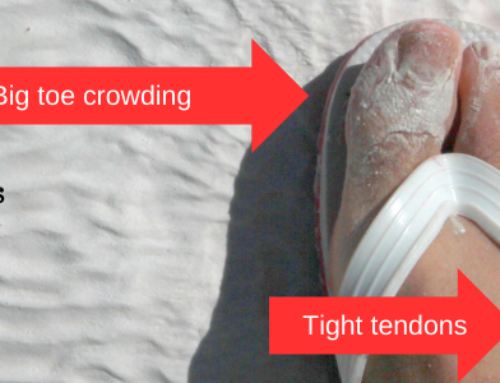
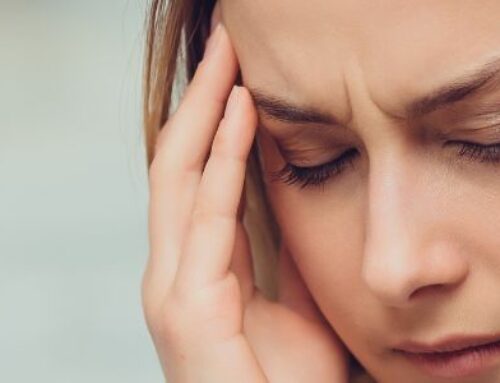

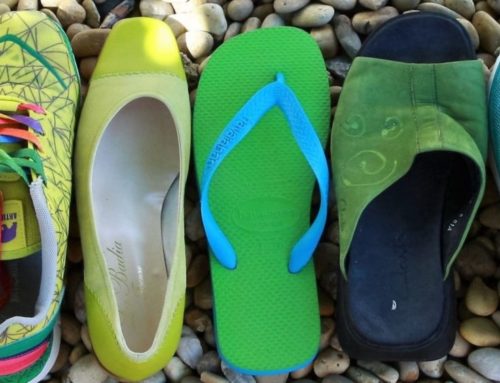
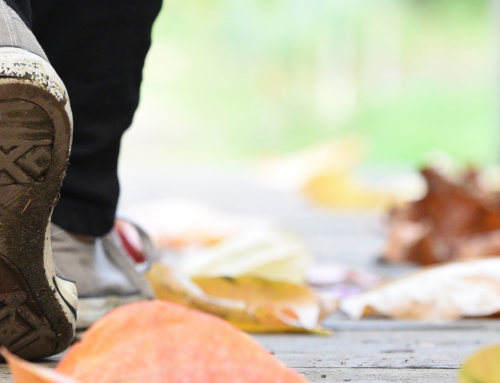
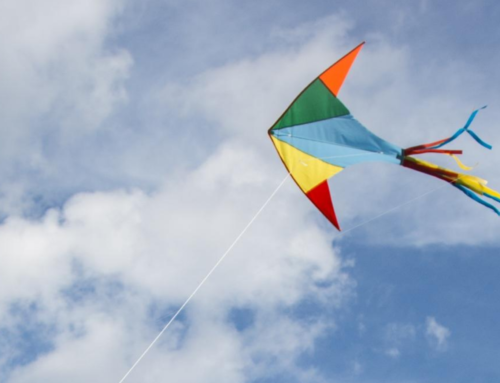
Leave a Reply